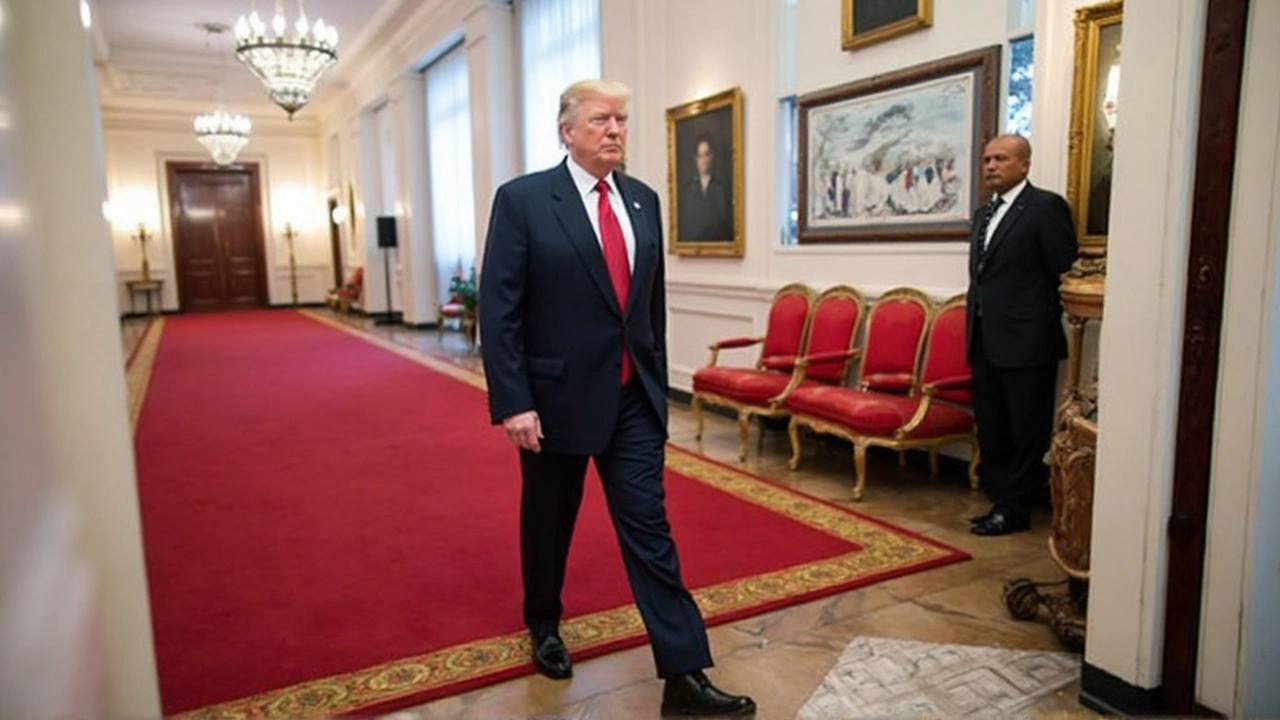Military Threats and Motorsport: What Every Fan Should Know
When you hear the term "military threats," you probably think of defense news, not racing. But big events like Grand Prixes, superbike races, and rally stages can become targets for sabotage, terrorism, or even geopolitical spill‑over. Understanding the risk helps you enjoy the sport without worry.
Why Military Threats Matter to Racing
Racing venues attract huge crowds, media crews, and valuable equipment. That makes them appealing to groups looking to make a statement. In the past, we’ve seen attempts to disrupt major motorsport festivals with drones, fake bomb threats, or cyber‑attacks on timing systems. Even a nearby conflict can strain logistics – road closures, restricted airspace, or increased security checkpoints can delay practice sessions and affect race schedules.
Another angle is the use of racing technology for military purposes. High‑performance engines, aerodynamic research, and data‑analytics tools often cross over into defense projects. When a country’s defense industry partners with a racing team, the line between sport and military innovation blurs, drawing extra scrutiny from intelligence agencies.
How Tracks Stay Safe
Modern circuits have security protocols that would make a bank vault jealous. First, they work closely with local police, military liaison officers, and private security firms to assess threat levels weeks before an event. Risk assessments cover everything from bomb detection to cyber‑defense of race control systems.
On race day, you’ll find metal detectors at the main gates, bag‑checks, and random patrols around the paddock. Many venues also deploy CCTV with facial‑recognition software to spot known suspects. For larger festivals, a perimeter fence is reinforced with barriers that can stop vehicle‑borne threats.
Cybersecurity is a growing focus. Timing and scoring computers, live‑stream servers, and ticketing platforms are all hardened against hacking. If a breach is detected, backup systems kick in so the race can continue without a hitch.
Fans also play a part. If you see an unattended bag, a suspicious drone, or someone acting oddly, alert staff immediately. Most tracks have a dedicated "security hotline" on‑site and encourage spectators to use it.
Finally, some events coordinate with the military for extra support. In Europe, for example, the local army may provide air patrols or rapid response teams, especially for high‑profile races that draw international attention.
All these measures mean the chances of a serious incident are low, but they’re not zero. Staying aware of the security environment helps you make smarter choices – like arriving early to avoid rushed gate lines, keeping valuables to a minimum, and following the instructions of officials.
So next time you’re gearing up for a track day or a big race, remember that military threats are part of the broader security picture. The industry takes them seriously, and the steps taken keep you safe while you enjoy the thunder of the engines.




